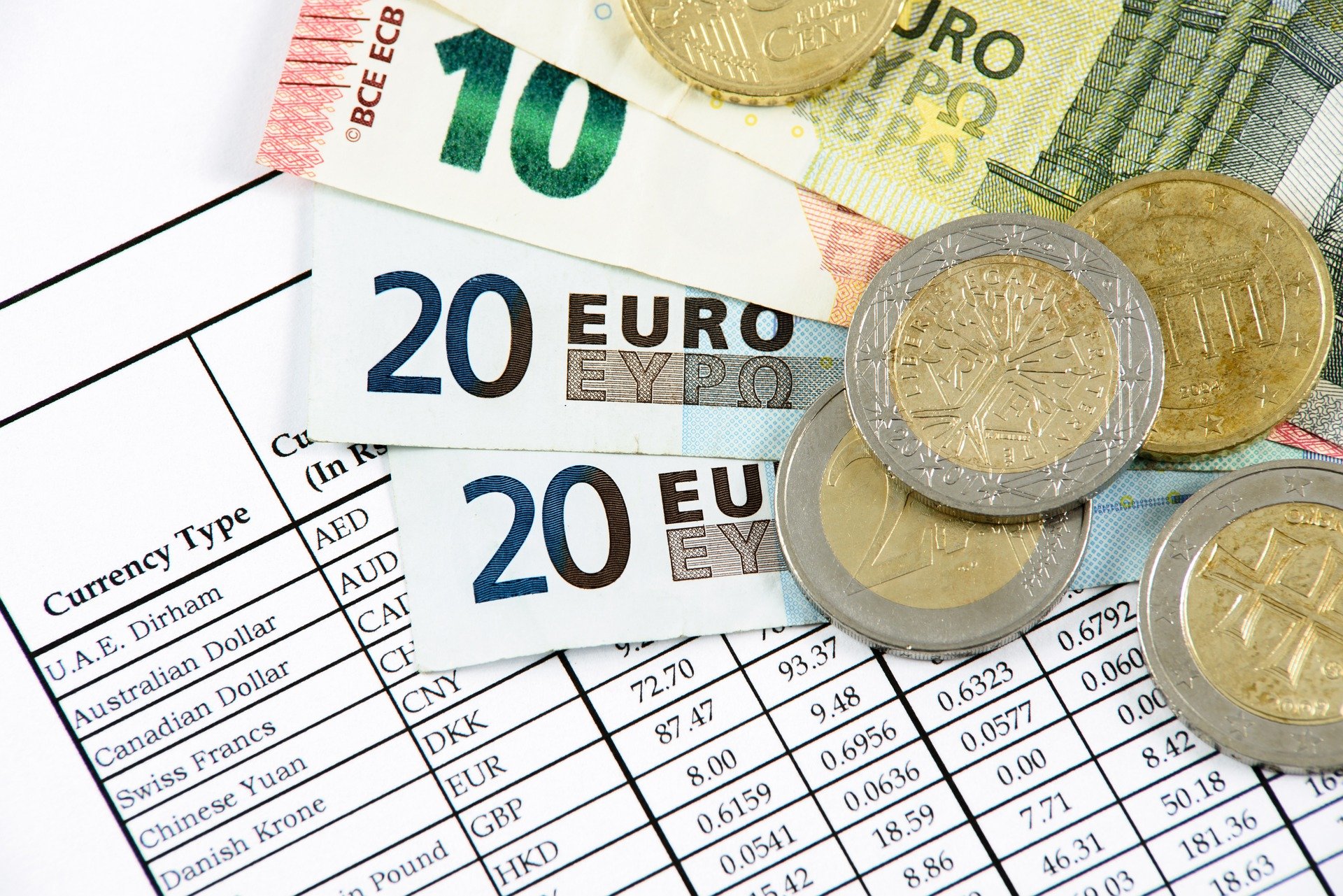SOE and Chinese Real Business Cycle
Chinese real business cycle (RBC) exhibits a unique pattern, which is characterized by moderate consumption volatility, substantially lower investment volatility, and acyclical trade balance. These features are quite different from business cycles in other emerging markets and cannot be explained by existing emerging market RBC theories. Motivated by the fact that China undertook dramatic and persistent reform on state-owned enterprises (SOE) in the last 30 years, we construct a full-fledged general equilibrium model with SOE sector and show that the model does a fairly good job in accounting for the above features. The two main driving forces are: (1) shock to the share of downstream SOE in manufacturing sectors and (2) shock to upstream SOE's monopolistic position. These two shocks can explain 85 percent of output volatility, 79 percent of consumption volatility, 72 percent of investment volatility, and 57 percent of the volatility of trade balance-to-output ratio. Standard shocks such as permanent productivity shock, credit shocks, country risk premium shocks, and preference shocks are less important in explaining Chinese economic fluctuations. Our results show that Chinese RBC may be affected substantially by domestic policies.












